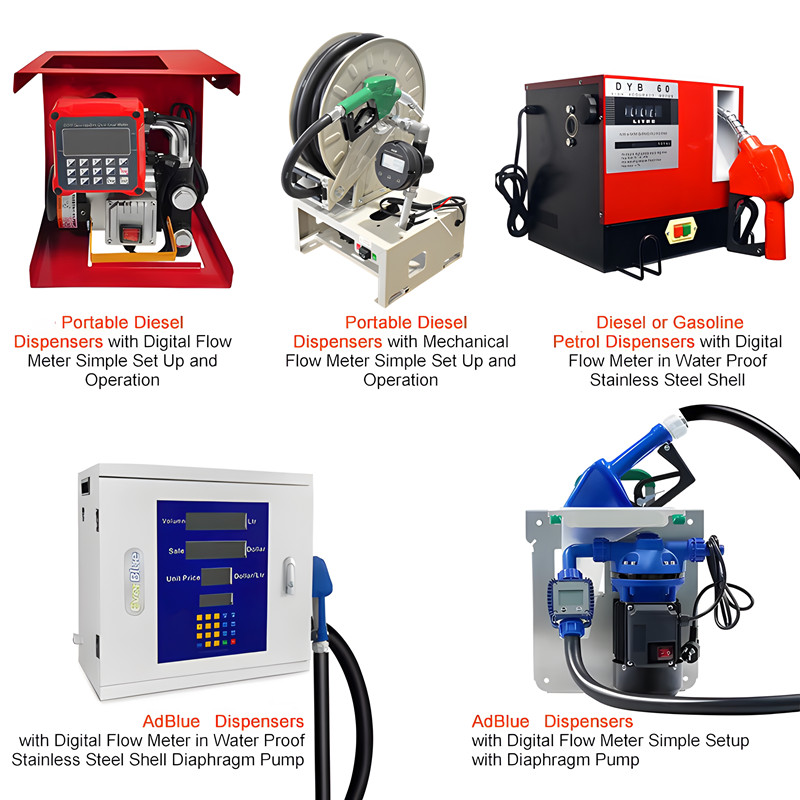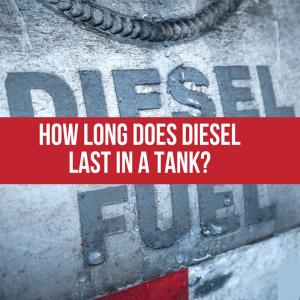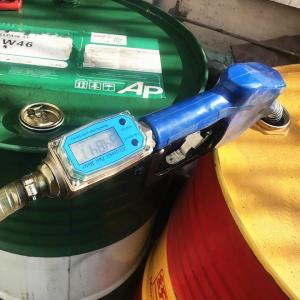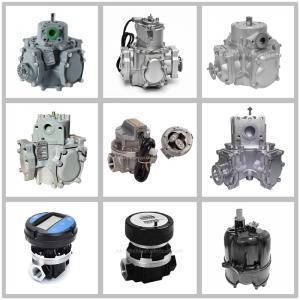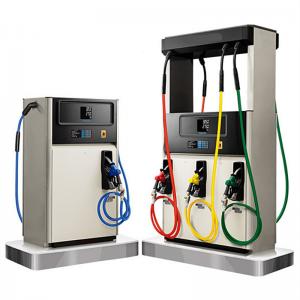What is a Transfer Pump? The Guide to Choosing and Comparing
What is a Transfer Pump? The Guide to Choosing and Comparing
A transfer pump is a vital tool designed for one simple job: moving liquid from one place to another. Whether you're refueling equipment, emptying a water tank, or handling chemicals, choosing the right pump is essential for safety and efficiency. This guide will explore the different types of transfer pumps, focusing on the key differences between a gas pump, a DEF transfer pump, and a general fuel transfer pump, helping you make the right choice for your specific needs.
How Does Transfer Pumps Work?
At its core, a transfer pump moves liquid by creating a pressure difference. It pulls the liquid in from one end and pushes it out the other. These versatile tools are used everywhere, from farms and construction sites to auto shops and homes.
Common uses include:
-
Refueling vehicles and machinery from barrels or tanks.
-
Transferring diesel, kerosene, and oils.
-
Handling Diesel Exhaust Fluid (DEF).
-
Emptying aquariums, clogged sinks, or small ponds.
Key Types of Transfer Pumps by Power Source
1. Manual Transfer Pumps
Manual pumps are powered by human effort, usually by turning a crank or squeezing a siphon bulb.
-
Pros: Inexpensive, highly portable, no electricity needed, simple to use.
-
Cons: Slow flow rates, requires physical effort, not ideal for large volumes.
-
Best for: Small jobs, home use, and as an emergency backup.
2. Electric Transfer Pumps
These pumps use an electric motor powered by an AC wall outlet or a DC battery.
-
Pros: Fast and efficient, easy to operate, great for frequent use.
-
Cons: More expensive, requires a power source (outlet or battery).
-
Best for: Fleet refueling, industrial applications, and moving large volumes of liquid quickly.
3. Pneumatic (Air-Operated) Transfer Pumps
Pneumatic pumps are driven by compressed air from an air compressor.
-
Pros: Powerful, can handle thick liquids, and are inherently safe in flammable environments.
-
Cons: Requires an air compressor to operate.
-
Best for: Auto repair shops, factories, and mining operations.
Specialized Liquid Pumps: Choosing the Right Tool for the Job
Using the wrong pump for a specific liquid can be ineffective and dangerous. Here’s a breakdown of the most common specialized pumps.
1. Fuel Transfer Pump
This is a broad category of pumps designed to handle hydrocarbon fuels. A quality fuel transfer pump is essential for safely moving diesel, kerosene, and different types of oil.
-
Materials: Typically made of durable cast iron or aluminum with oil-resistant seals (like Buna-N).
-
Safety: Many models are available with explosion-proof motors for added safety.
-
Important: Most standard Fuel pumps are not designed or rated for gasoline.
2. Gas Pump
A gas pump is built specifically to handle gasoline, which is extremely flammable. Because of the high risk, these pumps must meet strict safety standards.
-
Safety Certification: Must be listed by a recognized authority like UL or CSA as explosion-proof.
-
Materials: Made with anti-static and corrosion-resistant materials.
-
Design: Always includes a grounding wire to prevent static sparks that could ignite fumes.
3. DEF Transfer Pump
This pump is made exclusively for Diesel Exhaust Fluid (DEF). Because DEF is corrosive to certain metals, the materials used in a DEF transfer pump are critical.
-
Materials: Constructed with stainless steel and corrosion-resistant plastics like polypropylene, using EPDM seals.
-
Compatibility: Designed to prevent contamination of the DEF, which protects a vehicle’s expensive SCR (Selective Catalytic Reduction) system.
-
Warning: You must never use a standard Fuel pump for DEF, or a DEF pump for fuel.
Transfer Pump Comparison Chart
This table shows the key differences at a glance.
How to Choose the Best Transfer Pump for You
1. Check Fluid Compatibility
This is the most important step. Gasoline, diesel, chemicals, and DEF each require a pump made from specific materials to work safely and effectively.
2. Determine Your Flow Rate Needs
Flow rate is measured in Gallons Per Minute (GPM). For large jobs, you'll want a high-GPM electric pump. For smaller tasks, a manual pump will do.
3. Select a Power Source
Consider where you will be working. Do you have access to a wall outlet, a vehicle battery, or an air compressor?
4. Think About Portability
If you need to move your pump between job sites, a lightweight manual pump or a DC-powered pump that runs off a car battery is a great choice.
Frequently Asked Questions (FAQ)
Q1: Can I use one pump for different types of liquids? A: This is strongly discouraged. Cross-contamination can damage the pump's seals. More importantly, mixing liquids like fuel and chemicals can create dangerous reactions or fire hazards. Never mix fuel and DEF equipment.
Q2: Why can't I use a simple water pump for gasoline? A: This is extremely dangerous. A water pump's motor is not explosion-proof and can create sparks that will ignite gasoline fumes. The plastic and rubber parts inside a water pump will also be quickly dissolved by gasoline, causing leaks and a serious fire risk.
Q3: Is a manual or electric pump better? A: It depends on your needs. For occasional, small-volume transfers (like refueling a lawnmower), a manual pump is a cost-effective choice. For frequent, high-volume tasks like refueling a fleet of trucks or farm equipment, an electric pump is far more efficient.
Q4: How do I maintain my transfer pump? A: Regularly check hoses for cracks and ensure all connections are tight and leak-free. Clean any filters or strainers according to the manufacturer's instructions. If you don't use the pump often, empty it completely to prevent the seals from drying out.
